
A construction site is a place of chaos, full of buzz from working personnel, tools, and equipment. This lively atmosphere is always a place of amazement, especially for curious onlookers. The thing most people would immediately notice is the big and heavy equipment working to fulfill its tasks.
Often, from the perspective of those who are watching the entire construction area, these massive machines are marvels that change and shape our way of living. Let’s dive a little deeper and get to know these types of equipment, their functions, and why they are necessary to the entire project. Here are some of the most common:
#1. Dozers
Bulldozers are large machines that function as a pusher, digger, excavator, and leveler of materials such as soil and waste at construction sites. At their frontal area, they have big blades built heavy intended to push materials. Some may come with extra features, like rippers at the back that break up rough terrain.
There are three common types of dozers:
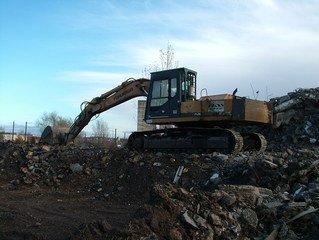
Wheel Bulldozer: This machine, referred to as a tire bulldozer, has a bigger size than a crawler. It has better overall handling and is more maneuverable. It has features that include hydraulic steering that is fully jointed and can revolve slightly within an axis. Because the tires are gentler than tracks, this machine is also perfect for soft or delicate ground.
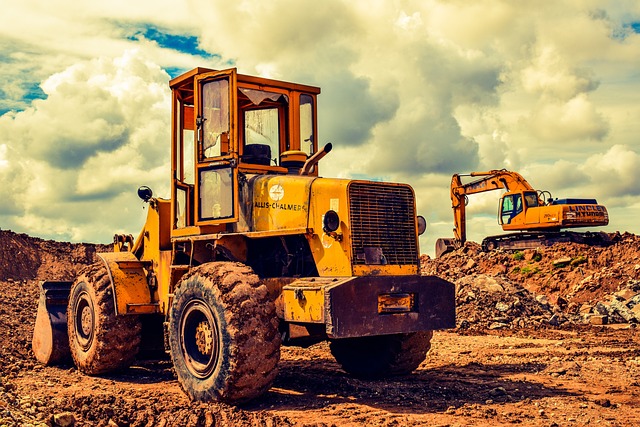
Crawler Bulldozer: A crawler, also known as a tracked bulldozer, resembles a tractor in appearance. Due to its heavyweight, it is ideal for transporting bulky items from one location to another. The tracks on this bulldozer provide excellent traction, making it suitable for crossing dense and varied terrain. Rippers on sizable crawlers help with crushing and clearing thick topography.
Mini Bulldozer: A compact bulldozer is another name for this miniature bulldozer. This small dozer is ideal for operations that necessitate more significant movement and versatility than larger equipment. A compact bulldozer can perform well in various functions that involve grading and clearing lots because of its small size.
#2. Excavators
Excavators are earthmoving machines with buckets, arms, rotating cabs, and movable tracks. Civil eathworks services regularly use these machines to shift large amounts of dirt, for leveling or clearing an area for construction. These versatile machines are essential for projects ranging from residential landscaping to large infrastructure developments. Their ability to adapt to various site conditions makes them invaluable across many industries. In particular, rural construction services often rely on excavators to tackle large, open land projects where flexibility and power are essential. Their specialised components give this heavy equipment more digging strength and mobility, allowing it to do everything from digging trenches and breaking holes to hauling rubbish and excavating mines.
Excavators come in a variety of sizes, each suited to a particular task:
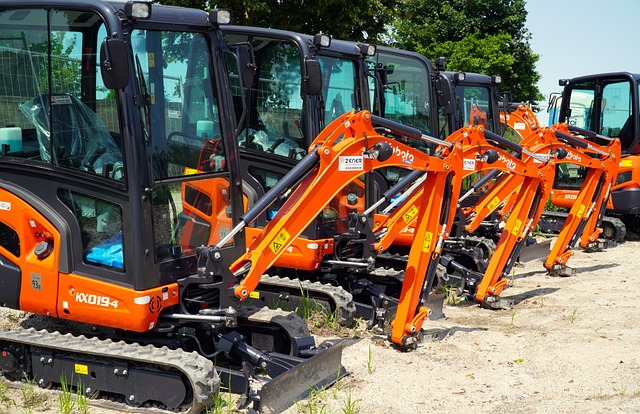
Large Excavator: These are both large and powerful machines suitable for large-scale, high-volume operations.
Medium Excavator: These excavators can handle larger jobs than small excavators while taking up less room than larger excavators, which is an ideal arrangement for large-scale renovations, home improvement projects, and medium to large-scale building sites.
Mini Excavator: These excavators are perfect for home-based or small-scale projects since they can navigate small, hard-to-reach regions on construction sites.
#3. Forklifts
Forklifts are among the most capable construction machines available. Forklifts can securely carry goods that the ordinary workforce cannot, making them essential on every job site, whether you need to transport massive cargo in a warehouse or the construction field. Forklifts can safely carry objects short distances across a Jobsite or warehouse. To ensure that these machines keep operating at their best, regular maintenance and timely replacement of old parts can be important. For example, components like the Impco Model J may need repairs or specific maintenance to keep the fuel system functioning properly. Keeping the forklift in optimal condition can help in avoiding downtime and improve productivity.
There are various types of forklifts in any workplace situation, including:
Counterweight Forklift: They have a built-in counterweight system that allows them to stabilize when delivering things directly without the use of arms.
Pallet Jack: A pallet jack is used to transport pallets throughout a warehouse and is easy to use due to its modest size.
Side Loader: Side loaders are suitable for warehouses with space constraints and oversized items, as the machine’s design allows the user to load materials from their storage rack.
Warehouse Forklift: A warehouse forklift’s function is transporting supplies, products, and shipments around a warehouse fast.
#4. Skid Steer Loaders
A skid steer is a machine utilized for various tasks, from simple home projects to large-scale land management operations. It’s a tiny, engine-driven machine with lift arms that can connect to many labor-saving gadgets or attachments. Because of their flexibility to link different extensions to accomplish practically any type of project, they benefit from any worksite.
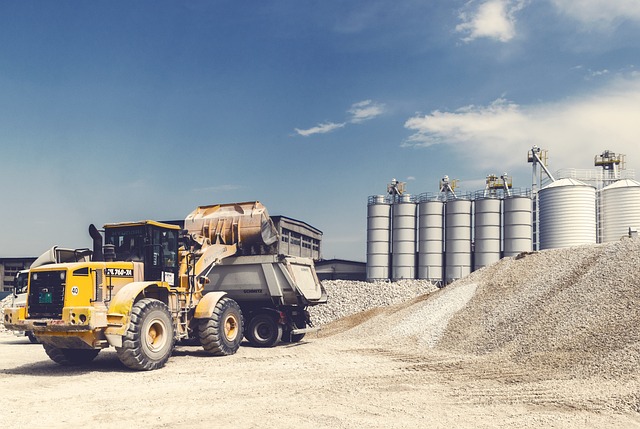
#5. Multi-Terrain and Compact Track Loaders
To carry large worksite materials, you can utilize a small track loader or a multi-terrain loader. The two machines are similar in appearance and function, but they are not entirely the same. The design of compact track loaders, unlike multi-terrain loaders, is for more robust, heavy-duty work.
That isn’t to suggest that a multi-terrain loader isn’t powerful or practical; it only means that it’s better suited to terrains that demand more attention, such as sod or turf. In comparison, a compact track loader can manage more challenging surfaces like rocks, mud, and sand.
While each provides unrivaled adaptability and traction, one must consider the task site conditions while selecting a piece of loader equipment.
#6. Articulated Trucks
Articulated dump trucks are a type of heavy-duty vehicle that is well-known for adaptability and versatility. In contrast to rigid carriers, articulated trucks have a cab and a small trailer or dump box. A revolving hinge connects the two. They’re perfect for situations with few or no paved roads, steep slopes, slick or sandy surfaces, or low ceiling height.
#7. Cold Planers
Cold planers are massive construction machines that mill pavement or asphalt using revolving drums and carbide blades, which you can get from China Carbide. The use of a cold planer can be for both limited and in-depth removal. Because pavement and asphalt milling generates a lot of dust, most cold planers use a water system to keep the construction site clean and safe.
Like other heavy-duty equipment, cold planers come in various sizes to fit a variety of jobs. Smaller machines are easier to maneuver and are suited for minor milling operations, while larger ones are more difficult to operate but can readily handle large-scale projects.
#8. Drills
Blast hole drills, also known as rotary blast hole drills, are heavy equipment used to drill holes at mine sites. Because they have built-in features that can aid you to accomplish jobs swiftly and safely, autonomous drills are becoming increasingly popular among equipment handlers. Non-automated drills have the same amount of power, but these features can improve the comfort and safety of your work as well as the equipment’s overall productivity.
#9. Compactors
Plate compactors crush and compact a surface into a level, flat area using a heavy, vertically vibrating plate. The plate’s force and fast and repetitive movements break down and condense particles. A plate compactor’s use can be to flatten an expanse of earth, sand, or gravel in addition to industrial purposes.
Choose between a single, reversible, or heavy-duty plate compactor depending on your needs:
Single Plate Compactor: Ideal for small-scale asphalt or construction tasks such as home improvements or the installation of sidewalks and roads.
Reversible Plate Compactor: Used mainly for projects that demand more flexibility. They have several utilizations in a given task.
Heavy-Duty Plate Compactor: Ideal alternative for large-scale industrial, construction, or roadway operations.
#10. Asphalt Pavers
Asphalt pavers often accompany the dump trucks loaded with asphalt, which transport the material into the paver. When it’s filled, the asphalt paver disperses the asphalt across a leveled surface via dispersion augers. Then it uses a hydraulic cylinder to roll it flat, creating a firm, sturdy surface to walk on or drive. Asphalt pavers come in a variety of widths and speeds to suit your needs.
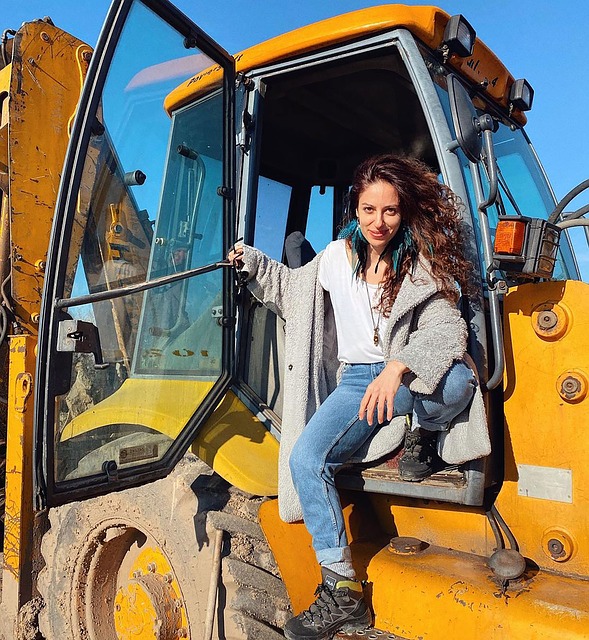
Conclusion
These incredible machines enable the people behind the project to materialize their visions. Just a friendly reminder that despite the efficiency these machines provide, a worksite is still a dangerous place. If you need to transport equipment in a building, especially to the roof area, consider installing equipment access doors for added safety and convenience.
If you have any doubts or questions about a project you have in mind, be sure to consult a licensed professional who can aid you with all your concerns. Hire a local contractor with years of experience in their field to give you more options to consider and, above all, peace of mind.